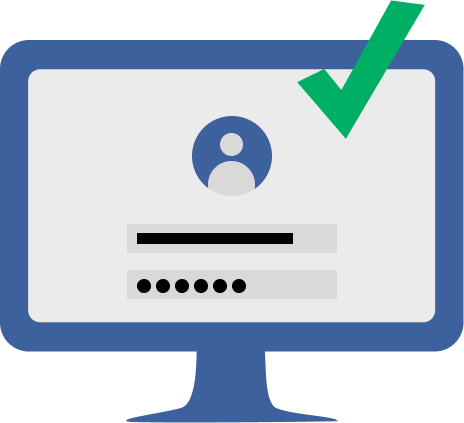Vendor fraud is a serious threat to businesses of all sizes. From inflated invoices and phantom vendors to outright bribery, the potential losses can be devastating. While vigilance and strong internal controls are crucial, leveraging the right back-office technology can significantly bolster your defenses. This post explores some key tech solutions that can help you detect and prevent vendor fraud.

Automated Invoice Processing
Manual invoice processing is a breeding ground for errors and fraud. Automated systems, on the other hand, offer several advantages:
- Reduced Data Entry Errors: Automation minimizes manual data entry, reducing the risk of typos that can be exploited for fraudulent activities.
- Matching and Validation: These systems can automatically match invoices against purchase orders and receiving reports, flagging discrepancies that could indicate fraud. They can also validate vendor information against approved vendor databases.
- Audit Trails: Automated systems create detailed audit trails, making it easier to track invoices and identify suspicious patterns.
Vendor Portals and Management Systems
A robust vendor portal and vendor onboarding and admin system provide a centralized platform for managing all vendor information, improving transparency and control:
- Centralized Vendor Database: A vendor portal maintains a comprehensive database of approved vendors, including contact information, payment terms, and history. This helps prevent the creation of fictitious vendors.
- Due Diligence During Onboarding: Many vendor portals can integrate with third-party data providers to automate vendor due diligence and background checks during onboarding, helping to identify potentially fraudulent vendors. For example, at ICG we leverage 3rd party tools and data validations to help your organization screen vendors through government watch lists and IRS databases, as well as confirm banking information.
- Performance Monitoring: Tracking vendor performance metrics within the VMS can help identify unusual patterns or declining service quality that might suggest fraudulent activity.
Spend Analytics Software
Understanding your spending patterns is critical for detecting anomalies. Spend analytics software can:
- Identify Unusual Spending Patterns: These tools can analyze spending data to identify unusual spikes, duplicate payments, or purchases from unapproved vendors, all potential red flags for fraud.
- Contract Compliance Monitoring: Spend analytics can help ensure that purchases are made following negotiated contract terms, preventing overbilling and other forms of fraud.
- Predictive Analytics: Some advanced solutions use predictive analytics to identify high-risk transactions and vendors, allowing you to focus your fraud prevention efforts where they’re most needed.
Payment Processing Systems
Modern payment processing systems offer enhanced security features:
- Segregation of Duties: These systems allow for the separation of duties related to payment initiation, approval, and disbursement, reducing the risk of internal fraud.
- Payment Controls: Features like multi-factor authentication and payment limits can add extra layers of security to the payment process.
- Real-time Monitoring: Real-time payment monitoring can help detect suspicious transactions before processing.
Continuous Monitoring and Alerting
Implementing continuous monitoring and alerting systems can provide real-time insights into potential fraud:
- Automated Alerts: These systems can generate alerts based on predefined rules and thresholds, notifying relevant personnel of suspicious activity.
- Anomaly Detection: Advanced solutions use machine learning to identify anomalies in spending and vendor behavior that might indicate fraud.
- Integration with Other Systems: Integrating these systems with your other back office applications can provide a holistic view of your operations and improve fraud detection capabilities.
Conclusion
Vendor fraud is a constant threat, but by implementing the right back-office technologies, businesses can significantly reduce their risk. At ICG, we understand the importance of preventing vendor fraud and are dedicated to helping our clients protect their businesses. We offer a range of solutions, including the technologies discussed above, to help you prevent and detect fraudulent activity. Contact us today to learn more about how we can help you safeguard your organization.
